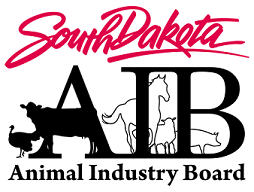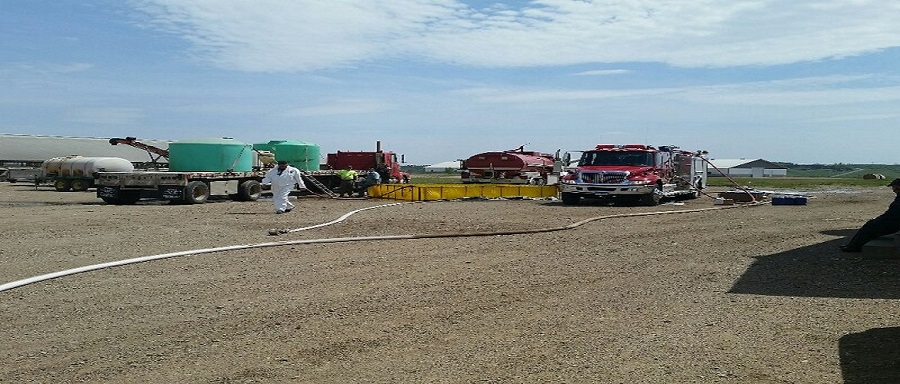Emergency Management
One of the foremost responsibilities of the Animal Industry Board is to prepare for, control, and mitigate livestock disease outbreaks.
As the primary state agency with responsibility to control domestic animal diseases, preparation to respond to an outbreak is a priority for the Board.
We work with industry organizations, livestock producers, academic partners, private veterinarians, and federal, state and local government agencies to develop response plans and standard operating procedures.
Since an outbreak of a highly contagious livestock disease could have adverse consequences on public health or the state's economy the goal is to successfully eradicate the disease as quickly as possible.
Working collaboratively prior to an outbreak to Prepare, Prevent, Respond, and Recover will make the goal more readily attainable.
Secure Food Supply Plans
The Secure Food Supply plans are voluntary initiatives to provide livestock producers with a workable continuity of business plan in the event of a Foreign Animal Disease (FAD) outbreak. In the event of a FAD outbreak, movement of livestock will be restricted. In order to maintain continuity of business it will be critical for producers to be able to move livestock to the next stage of production or to market. Preparing for such an event by participating in a Secure Beef, Pork, Milk, Sheep/Wool and/or Poultry Supply plan offers producers the best opportunity to move their stock.
On farm biosecurity practices and enhanced biosecurity protocols are the basis for these plans. Licensed, accredited veterinarians will be valuable resources in developing site specific enhanced biosecurity plans. More information about the plans can be found on the Center for Food Security & Public Health website.
Producers wanting to prepare for an outbreak and participate in one of the continuity of business plans should:
- Familiarize themselves with and review the appropriate commodity plan
- Obtain a Premises Identification Number (PIN) or validate their PIN
- Work with their licensed, accredited veterinarian to build or further develop their biosecurity processes to meet the standards in the plan
- Implement routine biosecurity processes and exercise enhanced biosecurity processes
- Enroll in the program by having a licensed, accredited veterinarian complete and submit to SD AIB the SD Secure Food Supply Plan Participant enrollment form and the applicable biosecurity checklist.
Self-Assessment Checklist for Enhanced Biosecurity for FMD Prevention: Beef Feedlots
Self-Assessment Checklist for Enhanced Biosecurity for FMD Prevention: Cattle on Pasture
Self-Assessment Checklist for Enhanced Biosecurity for FMD Prevention: Dairy
Self-Assessment Checklist for Enhanced Pork Production Biosecurity: Animals Raised Indoors
Self-Assessment Checklist for Implementing: Poultry Biosecurity
Self-Assessment Checklist for Enhanced Biosecurity for FMD Prevention: Sheep Feedlots and Sheep on Pasture/Rangeland
Secure Pork Supply Plan Steps to Participate
Center for Food Security & Public Health Website
Euthanasia and Mass Depopulation During Animal Health Emergencies
American Association of Swine Veterinarians – On-Farm Euthanasia of Swine: Recommendations for the Producer
American Veterinary Medical Association – AVMA Guidelines for the Euthanasia of Animals: 2020 Edition
Iowa State University the Center for Food Security & Public Health – Just-in-Time Training (JIT) for Responders to Animal Health Emergencies
National Pork Board – Tools for Pork Producers
North Carolina Department of Agriculture & Consumer Services – Mass Depop Planning Tools


For Additional Information
Please Call 605.773.3321